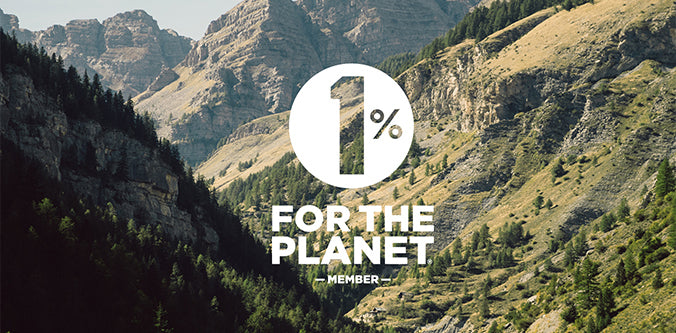LOCAL CRAFT: GALIMARD.

A breath of the Côte d’Azur, painstakingly captured and sealed in glass…

The air in Grasse hangs thick with scent. Between the sea and the mountains, roses and jasmine, orange blossom and lavender catch on the wind. “There’s a soil and a climate perfectly suited to these crops,” says Galimard’s assistant perfumer and head of its Fragrances Studio, Nathalie Nestler. “We started with flowers that were almost wild, then developed extraction techniques to obtain their essences.”
It began in 1747. Jean de Galimard, gantier-parfumeur to Louis XV, distilled the Côte d’Azur into oils and pommades for the royal court. His stills filled the valleys with steam and the aroma of crushed petals. Centuries later, the Roux family brought the house back to life – first in Gourdon, up in the hills, then at the great Grasse factory-museum in the 1980s.

The work to construct a perfume is broken down into three parts: base note, heart, top. Lasting, living, fleeting. “We rely on Grasse’s unique climate and terroir, which are ideal for centifolia roses, jasmine, orange blossom, tuberose and lavender,” Nathalie says. These are the backbone of every blend: the perfumers try to include at least one of these in every scent. After blending, each creation rests, and finds its harmony.
Inside the lab, vials gleam under soft light, and the baroque copper stills sit ready to be put to use. The craft here hasn’t changed in centuries; what has changed is the scope: “In the past, we had only a few natural materials. Then, in the twentieth century, we began to use synthetic raw materials – and now we can make an almost infinite palette of scents: chocolate, cucumber, tomato, whatever you like. The perfumer’s organ keeps expanding,” Nathalie says. Everything can be bottled.

However, balance is still the craft. Perfumers must be able to detach themselves from their personal likes and dislikes and think of what the clientele wants. And that’s always changing: “In 2025, there’s less separation between masculine and feminine, we’re moving towards unisex perfumes,” Nathalie says. “The future’s bright. The scent industry is growing.”
What won’t change is Galimard’s rootedness in place. The citruses, lavender, herbs and flowers that surround it. Every bottle that leaves the factory carries a little of that landscape – a breath of the Côte d’Azur, captured and sealed in glass.































